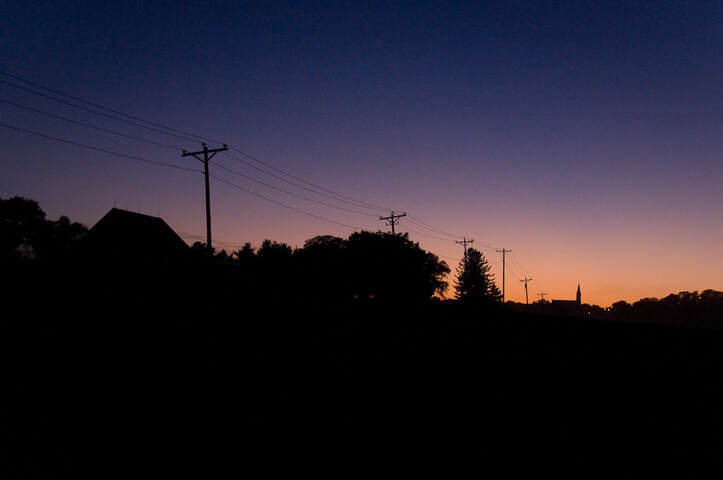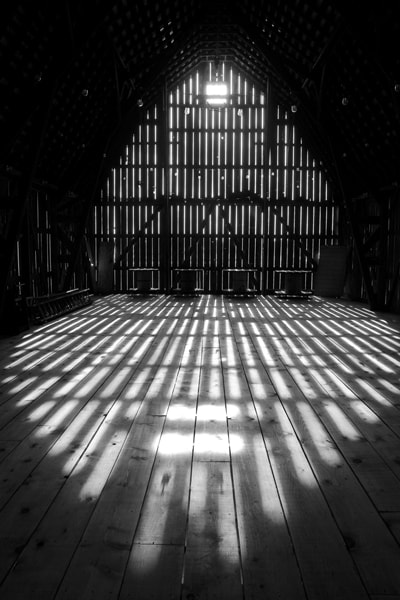|
The rolling hills of south central Wisconsin first attracted Yankee farmers before Germans like my ancestors settled here during the mid 19th Century. Though Ashton is named after one of those early Englishmen, the president of the British Temperance Emigration Society that purchased land in Dane County through a lottery system, most Ashtonians today are progeny of German settlers. When my great grandparents Christian and Cecelia Brabender arrived, they fit right in with all the other local German farmers. They lived simply and frugally, and built for the future. Their intent was to keep their farm in the family, to pass it down to succeeding generations. German farmers historically took good care of their land, rotating their crops and fertilizing heavily. They were content to cultivate their farms intensively and to progress slowly but steadily. You can see the results when you compare early plat maps with the maps of today: after five or six generations, names of many farm owners haven’t changed that much.
But there have been changes in Ashton, which I explore in this chapter, The Mother Land, along with the history of its people, its culture, and its major institutions, small in number but large in influence: St. Peter’s Catholic Church and school. A local historian once said that you could travel for miles in the Ashton area without hearing a word of English. The Brabenders and their neighbors kept their native language alive until World War I when anti-German feelings forced schools and churches to use English for instruction and services. That’s just one of the changes. I'll invite you back with future posts so you can read about the others. Welcome to The Mother Land. Author’s note: I upload posts as I complete them, so one written about a recent event may precede posts about earlier events. The introduction to each post shows where it fits into the history. For an introduction to my memoir, visit Whole Hearted - A Farm Love Story.
0 Comments
Leave a Reply. |
IntroductionThis blog is a book in the making. If you're a new visitor, read Whole Hearted - A Farm Love Story. You can also find a copy in Prologue.
ChaptersPrologue
Father Land Mother Land Father Farm Mother House Brother Barn Sister Silo Granny Granary Epilogue All Archives |


 RSS Feed
RSS Feed